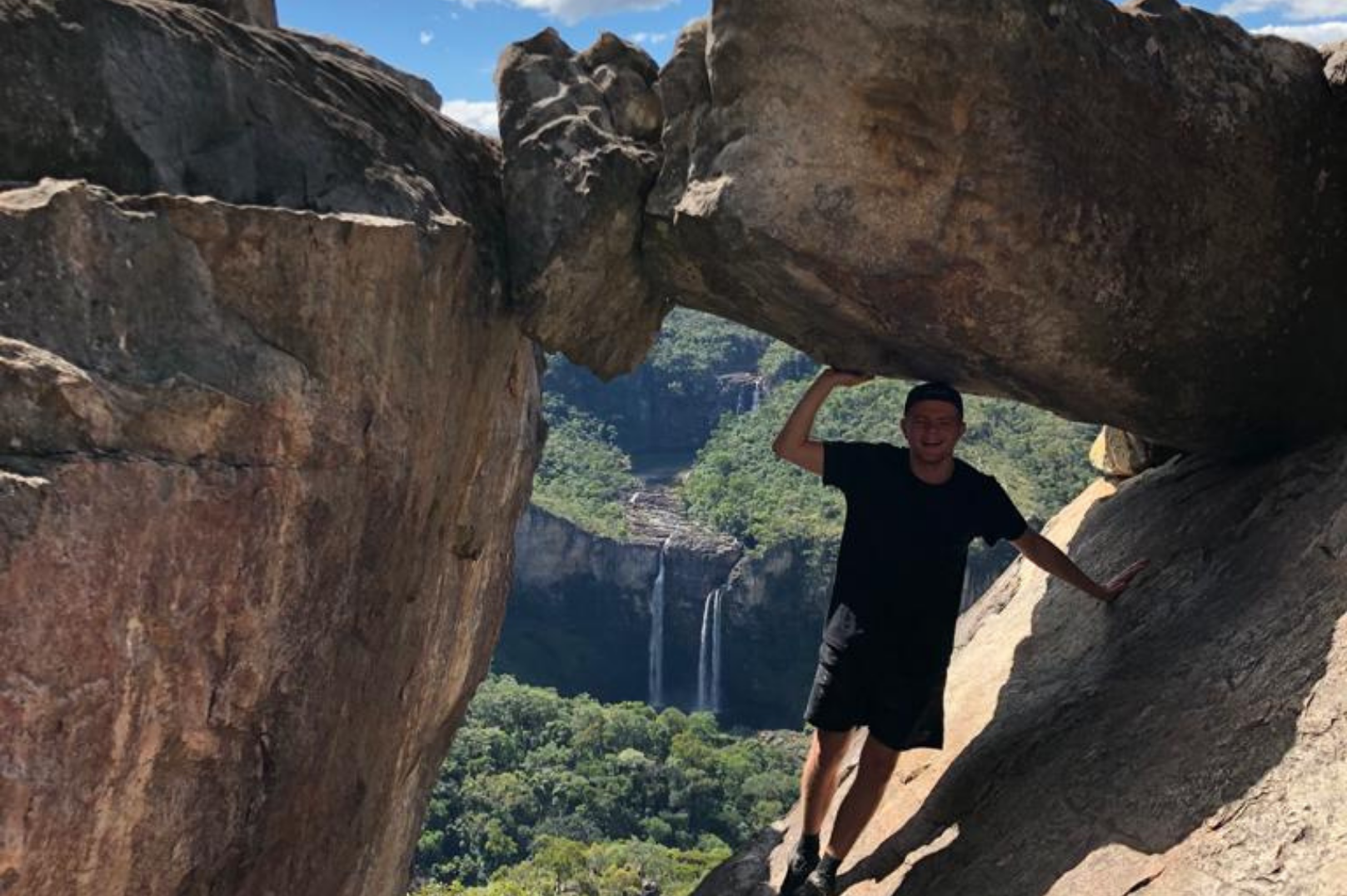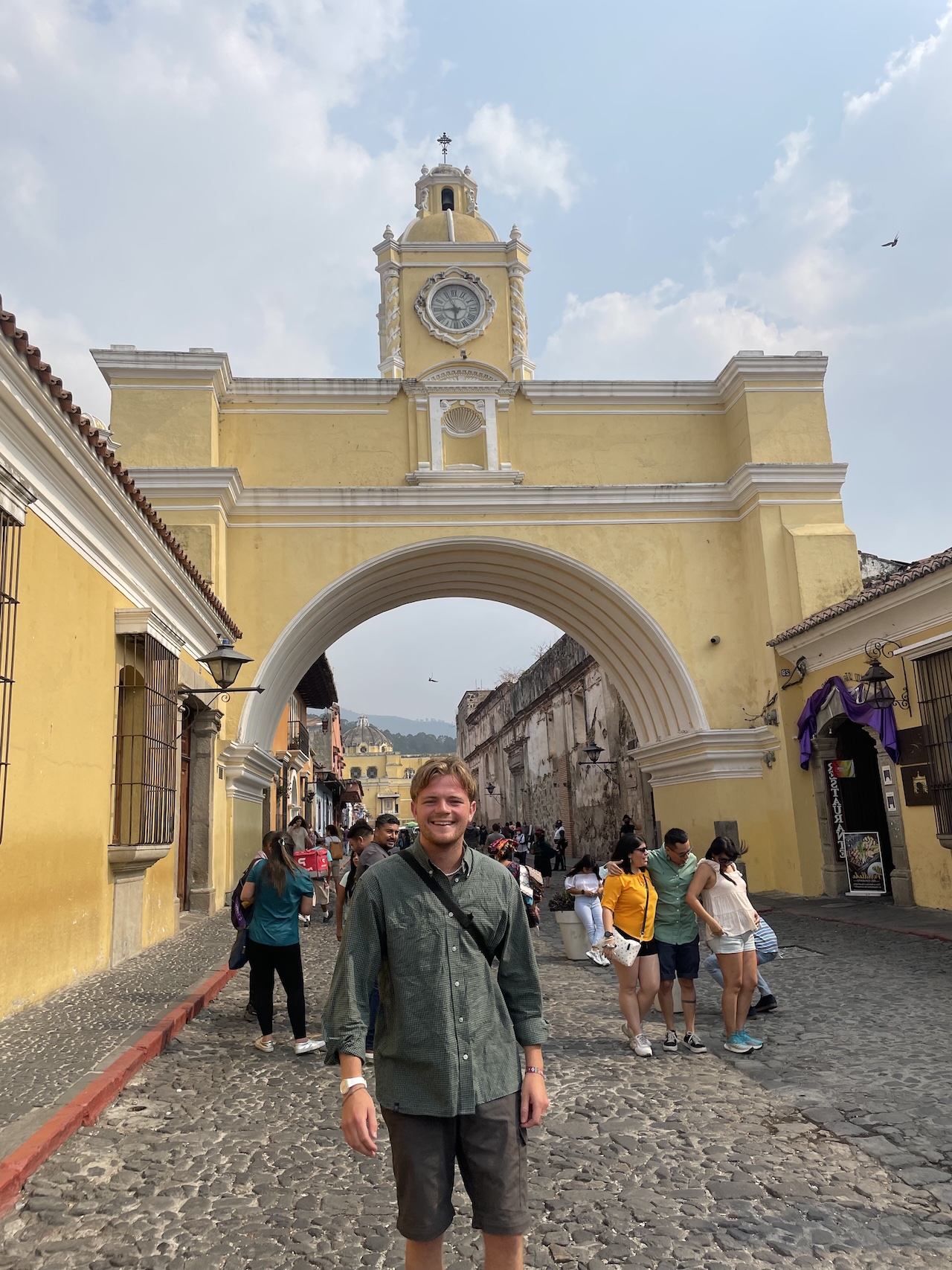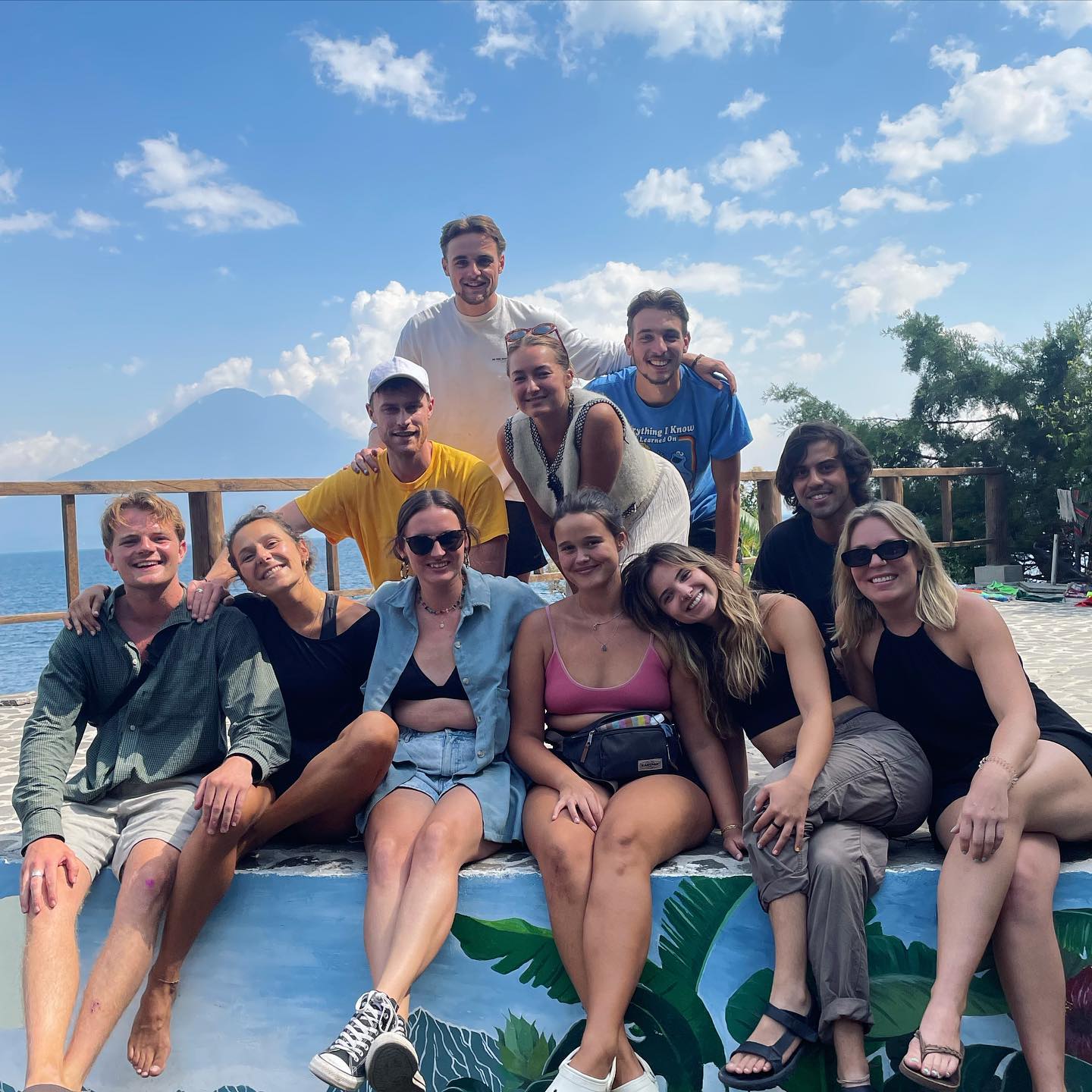Solo vs Group Trips: How To Choose Your First Big Adventure
Solo freedom or instant friends? Compare solo vs group gap-year travel, take a 7-question quiz, and steal our hybrid plan. Includes hostel safety tips and a free student Playbook.

TL;DR:
- Solo = freedom, cheaper nights, more planning + occasional loneliness.
- Group = instant friends, zero logistics, set pace + slightly higher cost.
- Best of both: start with a short group trip, then peel off solo.
👉 Grab the free Gap Year & Year-Abroad Playbook for budgets, hostel checklists, and a parent-ready safety plan.
Contents:
- What “solo” really means
- Group trips—pros, cons & the real talk
- A quick story: the day I needed my group on the Inca Trail
- Cost & time: where you save, where you spend
- The 7-question decision quiz
- The hybrid plan (start group, then go solo)
- FAQs
I’ve travelled both ways - weeks on my own with a pack and nowhere to be, and trips where everything was handled and I just showed up. Both were incredible in different ways. If you’re 16–22 and staring at the “book” button thinking am I ready to do this alone? or will I be stuck with strangers for a week? - this guide is for you.
What “solo” really means
Solo travel isn’t about being alone the whole time; it’s about owning your choices.
Why solo travel on your gap year?
- Freedom: change cities tomorrow if you're not enjoying the city, place, people.
- Budget control: cheaper dorms, cook in the hostel kitchen, choose free activities.
- Growth: you make every decision - start to feel independent and confident.
The trade-offs
- Planning load: you’re ops, finance and logistics. It’s rewarding, but it’s work.
- Loneliness spikes: Day 3 in a new city, dinner for one - totally normal.
- Safety is on you: you pick the area, the route home, the late-night decisions.
Tip: If you go solo, enjoy those low-friction social moments: free walking tours, hostel dinners, day trips, language classes. You’ll meet people without forcing it.
Group trips - pros, cons & the real talk
Group travel is community with logistics off your plate.
Why groups win
- Instant friends: you arrive with a group. Easier for introverts.
- Zero faff: transport, beds, key activities - done.
- Safety net: leaders know the area, you’ve got people to check in with.
The trade-offs
- Less flexibility: the plan is the plan (with free time baked in if you choose the right trip).
- Group dynamics: 99% fine, 1% test your patience - good life training though.
- Cost: usually a bit higher per day, but often cheaper overall on transport and time saved.
Look for student-friendly trips that include free blocks and optional add-ons—structure and freedom.
A quick story: the day I needed my group on the Inca Trail
Day two of the Inca Trail is the notorious one - Dead Woman’s Pass. It’s steep, high, and your legs negotiate with your lungs the entire way.
Halfway up, drizzle turned to a full Andean sulk. My pace dropped. I started doing the mental math of “how far is too far behind?” Then something small but massive happened: one of our group - someone I’d only met 36 hours earlier - fell into step with me and just matched my rhythm. I
An hour later, six of us bottlenecked near the top. We finished the last stretch together, took the worst—and best—sweaty selfie, and I felt the exact thing group travel can give you: shared grit.
Could I have done it alone? Maybe. Would it have felt like that? Not a chance. That evening, the logistics were handled, hot food showed up, and I slept like a rock. The next day I hiked faster - confidence unlocked.
Cost & time: where you save, where you spend
Solo
- Money: dorms from £15–£35, DIY meals, flexible transit = lower bed cost.
- Time: higher planning time (routes, bookings, problem-solving).
- Hidden costs: last-minute changes, paying a “solo tax” on some activities.
Group
- Money: per-day cost may be higher, but: bulk transport discounts, included entrances, and fewer “oops” fees.
- Time: planning near-zero; you buy back hours (and headspace).
- Hidden value: momentum - no decision paralysis, you actually do the things.
Rule of thumb: If you have more time than money, solo stretches shine. If you have more money than time (or low planning tolerance), a group start is clutch.
The 7-question decision quiz
Score each 1–5 (1 = nope, 5 = absolutely). Add them up.
- I enjoy planning details (routes, bookings, budgets).
- I’m comfortable eating/exploring alone sometimes.
- Safety decisions (areas, late nights) don’t stress me out.
- My budget is tight and I want max control.
- I want total freedom to change plans last minute.
- I have time to research and compare options.
- I want deep independent growth, even if it’s harder.
28–35: Start solo (or hybrid).
18–27: Hybrid: 4–7 day group trip, then peel off solo.
7–17: Start group (confidence + community first).
The hybrid plan (start group, then go solo)
This is the best first step for most 16–22-year-olds:
- Book a 4–7 day group trip to a region that excites you.
- Before you go, pre-book 2 solo hostels + 1 intercity ticket right after the trip ends. That momentum carries you.
- Use the group days to make friends, pick brains, and gather mini-itineraries.
- Peel off with confidence; meet your new friends again later if it clicks.
Bonus: If you vibe with someone on the group trip, you’ve found a travel buddy for a leg of your solo route—no awkward “anyone wanna…?” hostel dance.
FAQs
Is solo travel safe at 18–19?
Yes - with sensible choices. Stick to well-reviewed hostels, central areas, and trusted transport. Share your plan with someone and use the “two-invite rule”: ask twice, don’t chase.
Will I make friends on a group trip if I’m introverted?
100%. You’ll meet people by default. Aim for one conversation per day and one shared activity - low pressure, real connections.
Are group trips always more expensive?
Not always. Once you factor in time saved, bundled transport, and included entrances, groups can match or beat DIY—especially on short trips.
What if I start solo and hate it?
Pivot. Join a day tour, hop into a group trip, or message the STT WhatsApp group - changing your travel style isn’t failure; it’s skill.
How long should my first trip be?
4–10 days is a sweet spot. Enough to learn, not long enough to get stuck if it’s not working. Then scale up.



